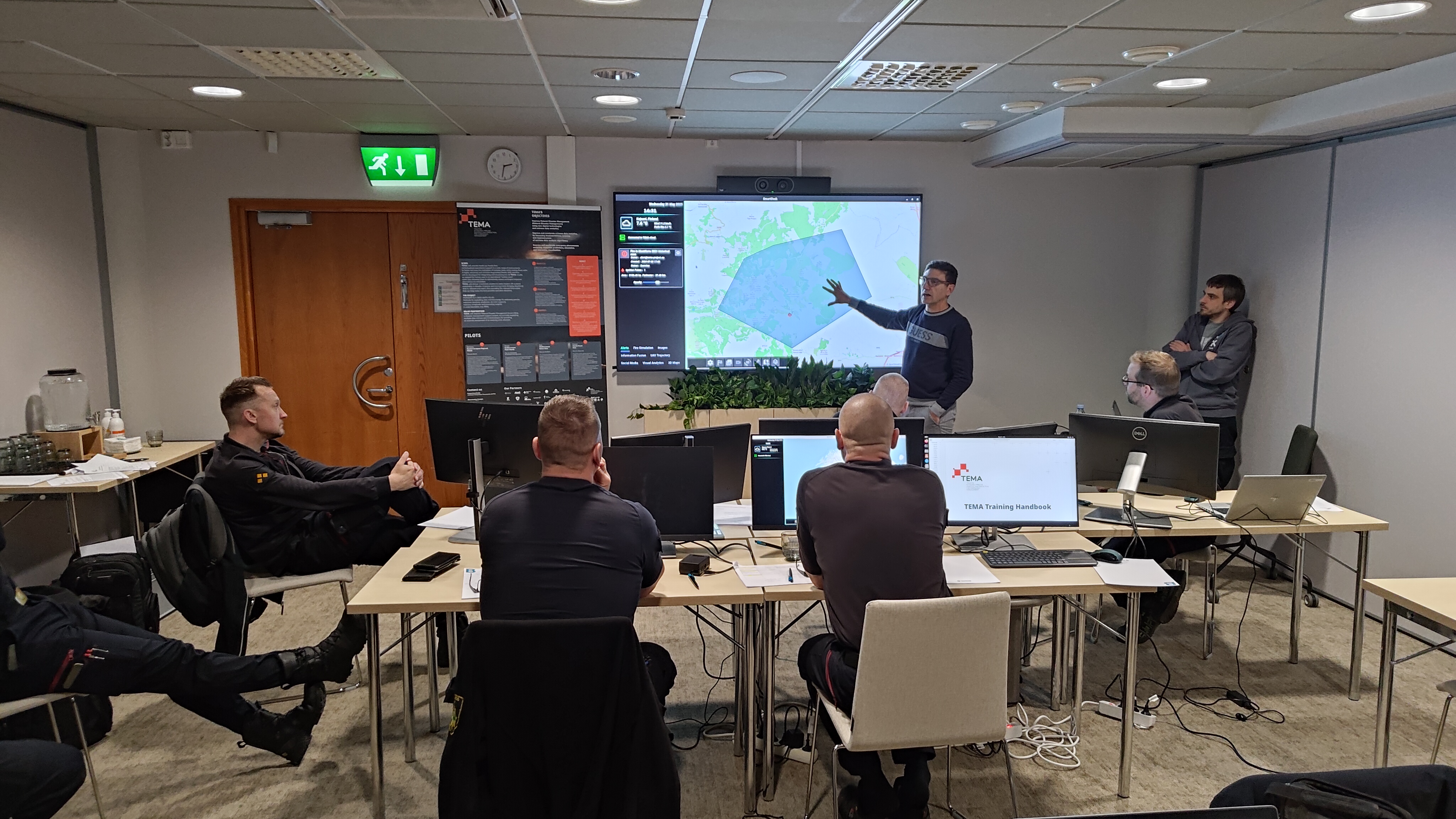Enhancing Disaster Response: The Crucial Role of Data Interoperability in Natural Disaster Management and risk mitigation

13 February 2024
Francesco Pillitteri, researcher at Engineering Ingegneria Informatica S.p.A.
In recent years, the world has witnessed an increase in the frequency and intensity of natural disasters, ranging from forest fires to floods. As societies grapple with the devastating impacts of these events, the need for effective risk and disaster management becomes paramount.
Data interoperability emerges as a key factor that can significantly enhance our ability to respond swiftly and efficiently to natural disasters. Interoperability refers to the seamless exchange of information and communication between diverse systems, enabling them to work together effectively. Data interoperability highlights the ability of different information systems, devices, and applications to access, exchange, and use data coherently and effectively. In the context of natural disaster management, interoperability becomes crucial as various systems, organizations, and stakeholders must collaborate seamlessly to respond to and recover from these events. The ability of different systems to seamlessly interact and share data is vital for achieving a comprehensive understanding of the situation and deploying resources effectively.
In this context, the TEMA (Trusted Extremely Precise Mapping and Prediction for Emergency Management) project, funded by the European Union, stands out as a ground-breaking initiative focused on advancing interoperability in the field of natural disaster management. TEMA aims to develop an AI-enabled Natural Disaster Management (NDM) platform, which will be validated and demonstrated in two socially significant cases: forest fires and floods, reflecting the diversity of natural disaster scenarios and challenges faced by different regions.
One of the distinctive features of TEMA is its ability to consider and integrate various uncertainty factors, including meteorological variables, into its analyses. This comprehensive approach enhances the accuracy of predictions and improves decision-making for disaster response.
Interoperability is at the core of TEMA's design, allowing it to integrate seamlessly with existing systems, databases, and emergency response mechanisms. The platform will ensure that relevant stakeholders can collaborate efficiently by sharing real-time data, facilitating a unified response to natural disasters. TEMA's interoperable features extend beyond traditional boundaries. By enabling cross-disciplinary collaboration and communication, the platform breaks down silos that often exist between meteorological institutes, emergency responders, and public authorities. This interconnected approach ensures a holistic understanding of the situation, leading to more informed and effective decision-making.
In the chaotic aftermath of a natural disaster, timely and accurate information is paramount. Real-time data sharing allows various stakeholders, such as emergency responders, government agencies, non-governmental organizations (NGOs), and even the affected community, to access the latest information. Interoperability ensures that data flows seamlessly between different systems, enabling a more comprehensive and up-to-date understanding of the situation on the ground. To achieve data interoperability, standardisation of data formats, protocols, and communication methods is essential. Establishing common standards ensures that different systems can communicate seamlessly and understand the data exchanged.
In the context of escalating natural disasters, prioritising the utilisation of data interoperability becomes crucial for an effective and streamlined disaster response. By dismantling traditional data silos, encouraging real-time data sharing, and adopting standardised methodologies, the global community can bolster its joint capacity to alleviate the repercussions of natural disasters and construct more resilient communities.
The ongoing advancement and incorporation of state-of-the-art technologies will undeniably play a pivotal role in shaping the trajectory of data interoperability in the management of natural disasters. TEMA serves as a prime example of how interoperability has the potential to revolutionise strategies for disaster management. By seamlessly connecting diverse systems and stakeholders, TEMA amplifies our collective capability to forecast, respond to, and mitigate the consequences of natural disasters. As we gaze into the future, initiatives like TEMA pave the way for a more robust and interconnected approach to disaster management, ultimately ensuring the protection of communities and the preservation of lives.
References:
Cover image - Source: THW

